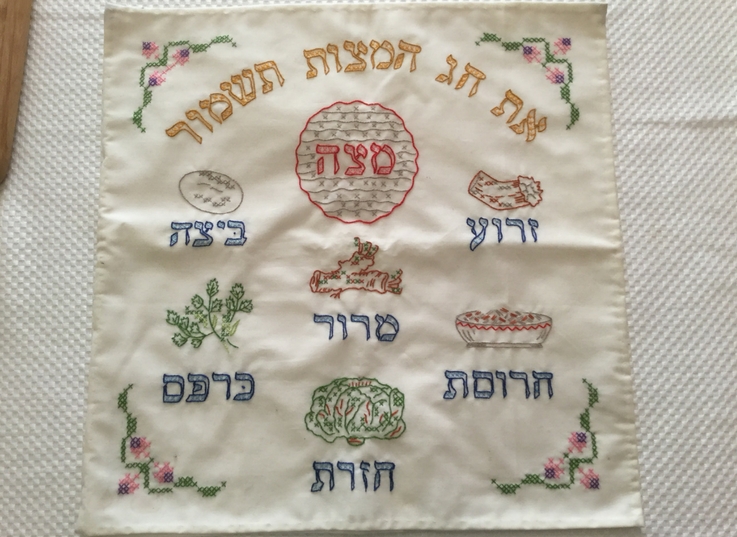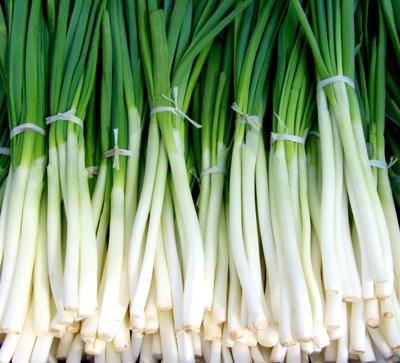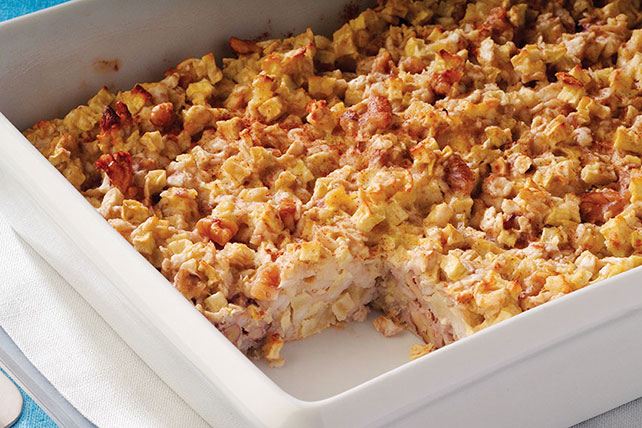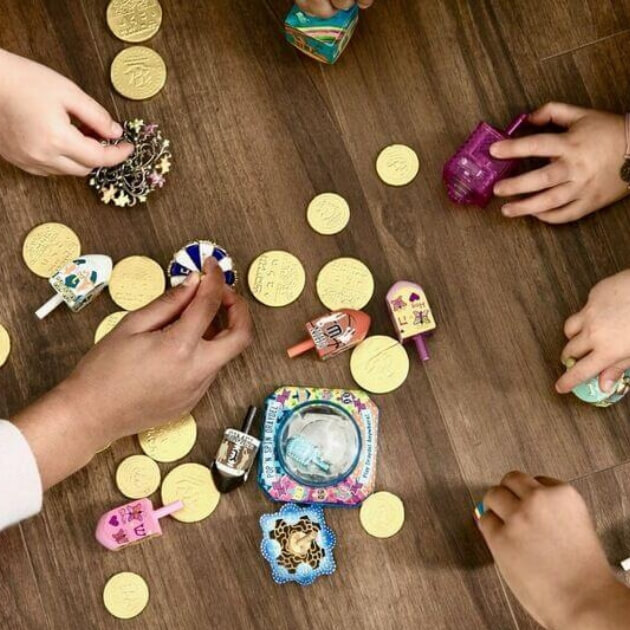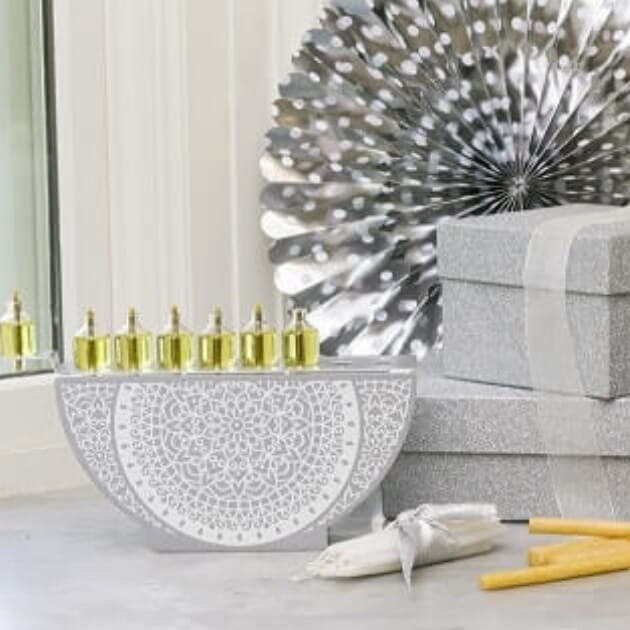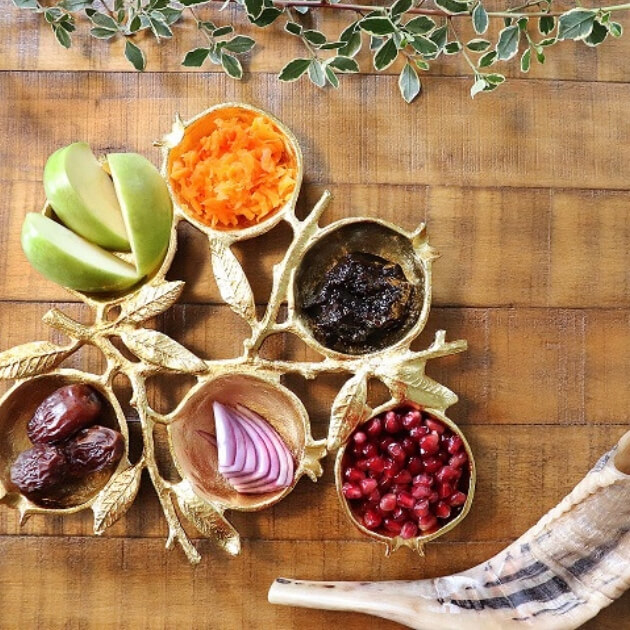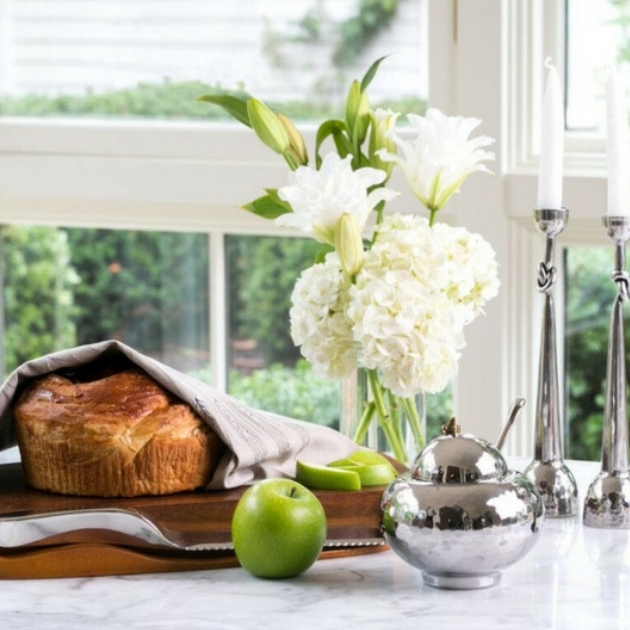The Story of Hanukkah - Sounds Greek to Me!
- Nov 1, 2019
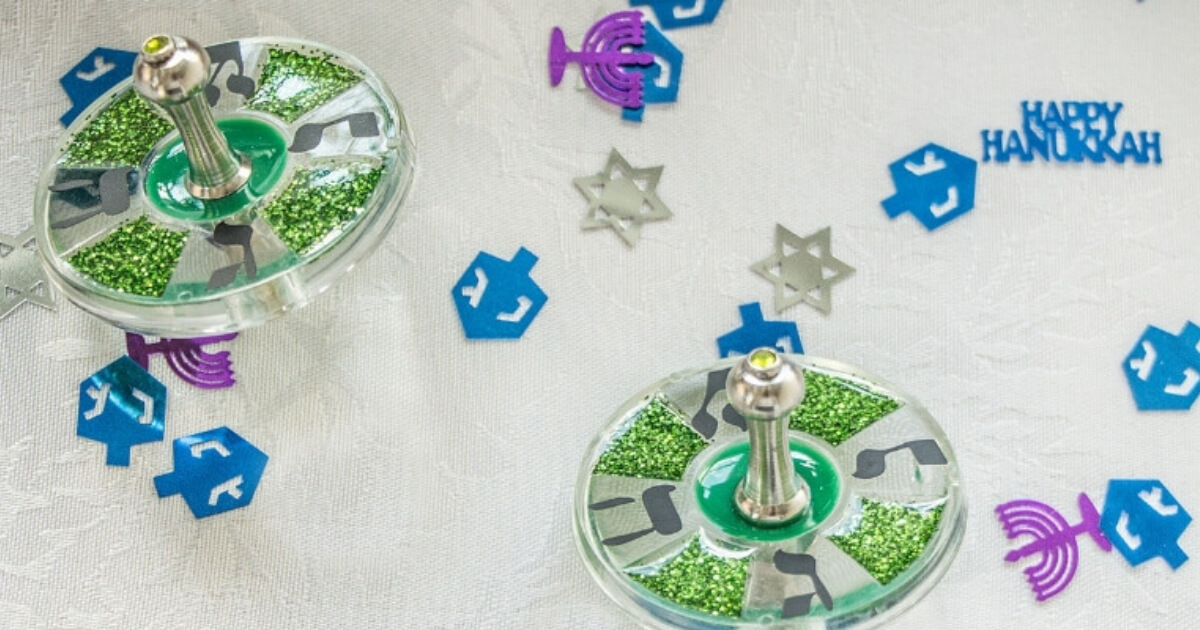
A Tale of Two Miracles
Hanukkah, also known as the Festival of Lights, commemorates the miracle that occurred in the Temple in Jerusalem in the first century BCE. At the time, a small band of loyal Jews overthrew their Syrian-Greek overlords and took back the Temple which had been under foreign control. To their dismay, the holy site had been converted into a house of idol worship. Worse still, after they managed to clean things up a bit, they realized they didn’t have any pure oil with which to kindle the menorah at the rededication ceremony. They hunted high and low and finally discovered a single jar. Even though it would only last for one day, they nonetheless decided to light the menorah. To their astonishment, the oil lasted for an additional seven days! In remembrance of the event, we continue to light menorahs for eight days every year.
In addition to the miracle of the oil, there was a second one: the miracle of a small group of inexperienced Jewish fighters defeating the much larger, better equipped Syrian-Greek army. These Jews, led by Judah Maccabee and his four brothers, were committed to restoring Judaism to the land of Israel after the Syrian-Greek King Antiochus prohibited them from practicing their religion. Although the resistance should not have succeeded based on weaker numbers and skill, their commitment to their values resulted in a miraculous victory.
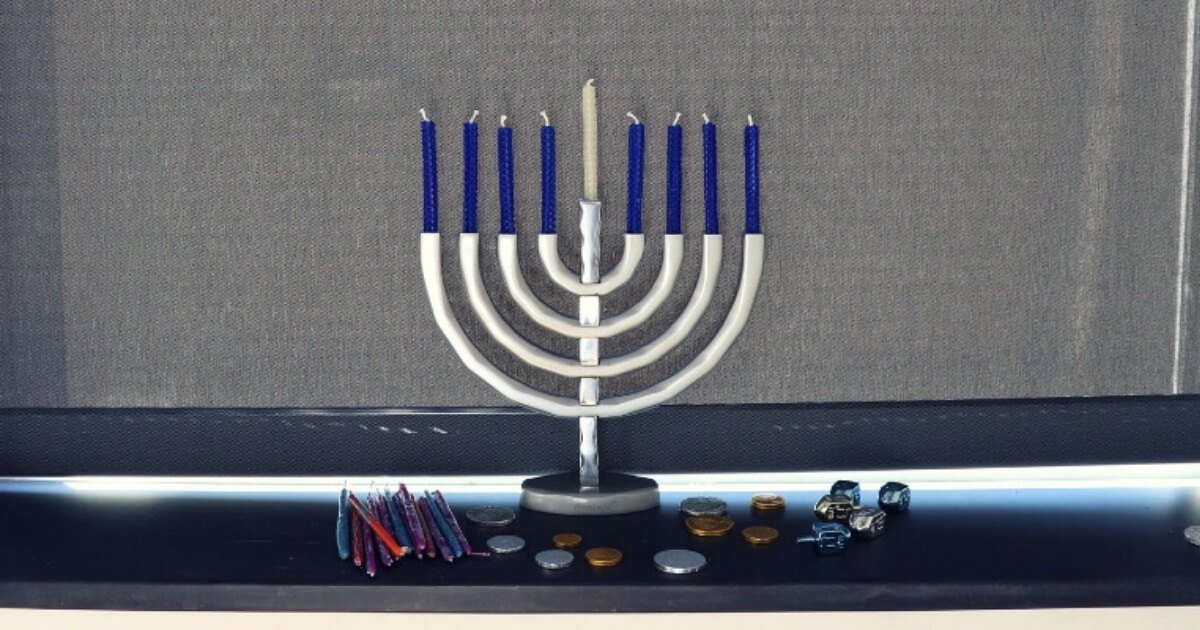
Celebrate Good Times
The celebration of both miracles continues today. Jews worldwide gather for eight winter evenings to light menorahs and partake in the many customs associated with the holiday. It’s a time to reflect on our values and to spread light in the darkness.
In Israel, menorahs are often lit in doorways and streets as a way of publicizing the miraculous events that occurred in ancient times. In other cities and countries with less ideal weather, it has become customary to light in a street-facing window. According to tradition, one additional candle is added to the menorah each night. Together with the shamash, the extra candle used to light the others, a typical menorah uses a total of forty-four candles over the eight day period.
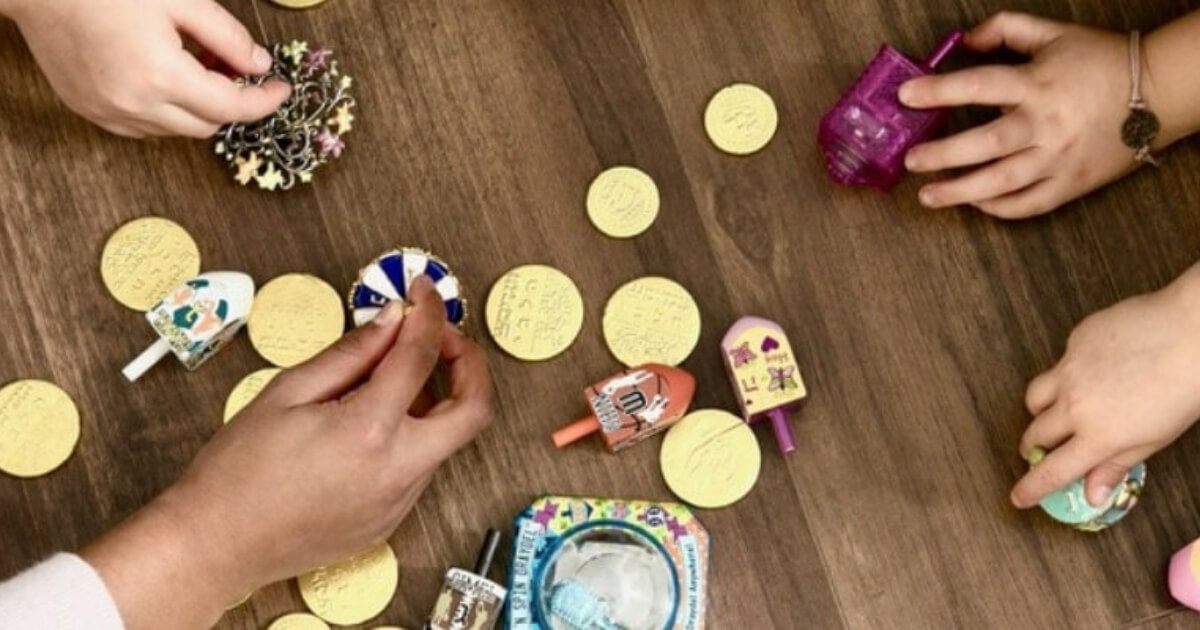
Try Your Luck
In addition to the menorah, another widely recognized symbol of Hanukkah is the spinning top, known as dreidel in Yiddish and sevivon in Hebrew. During the time of the Maccabee revolt, Jews were forbidden to study holy texts. To circumvent this, groups of scholars would gather in secret to learn. Should they be alerted to the presence of Syrian-Greek troops in the vicinity, the groups would quickly hide their books and pull out their tops in a pretense of gambling.
Today, the game continues to be a Hanukkah staple. Young and old enjoy betting everything from coins to chocolate to nuts as they spin the four-sided tops. Though the bottom of the dreidel is rounded, each side has a printed letter which acts as a pneumonic, reminding players that a “great miracle happened there.” They also serve as the game’s point system: land on the letter gimmel and you’ll win the pot, hey and you get half of it, nun and you get nothing, and shin, where you’ll have to give some back.
Show Me The Money
Some families have the tradition of giving gifts on some or every night of the holiday. While this custom is a relatively new one, the practice of giving gelt, money, dates back centuries. Giving money to children for the holiday is due to the Hebrew root of the word Hanukkah being related to another Hebrew word: chinuch, education. The idea is to give children a monetary gift as a learning incentive or reward. Some families make the tradition even sweeter by handing out chocolate coins as well!
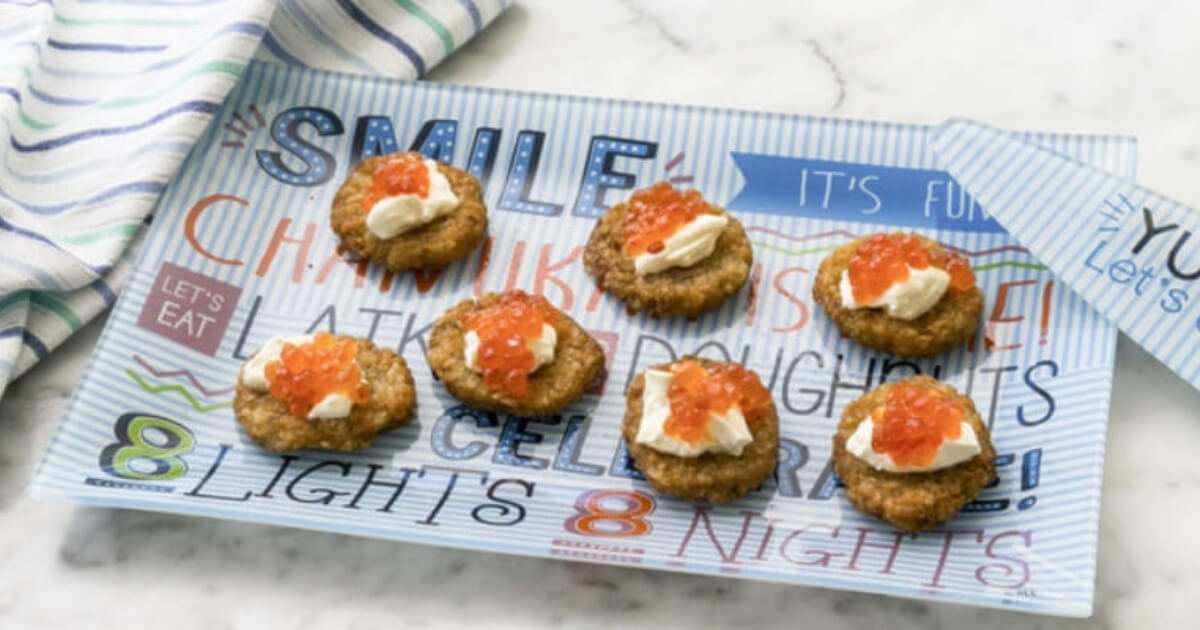
They Tried To Kill Us, We Won, Let’s Eat!
All Jewish holidays, according to an old joke, boil down to a simple formula: they tried to kill us, we won, let's eat! Nowhere is that clearer than on Hanukkah. We eat all sorts of oily foods over the eight days to commemorate the miracle of the oil. The two most popular greasy foods commonly served at Hanukkah parties are latkes and jelly donuts, but really anything bathed in oil does the trick.
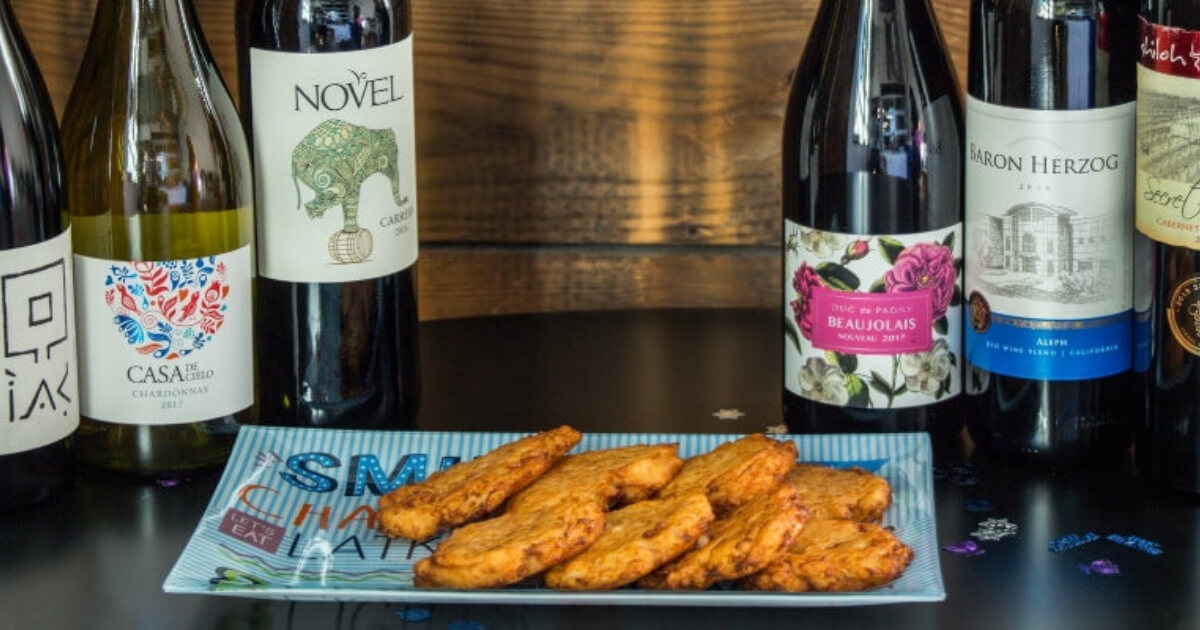
Not as well-known is the custom to eat dairy over the holiday. This tradition dates back to the Maccabean revolt when a Jewish town was surrounded by the cruel Syrian-Greek Holofernes and his army. The people were just about ready to accept their defeat when a widow named Judith came forward. She infiltrated the enemy camp, ingratiating herself to Holofernes. Judith convinced him that she wished to switch sides, and to seal the deal, she made him a feast of dairy and wine. The food and drinks lulled him to sleep, at which point Judith took his sword and severed his head. She then put his head in her basket, snuck out of the palace, and placed it on top of the gates so everyone could see. The Greeks were so disheartened about the death of the leader and the way it took place, that their fighting was severely weakened. This brave act not only saved her town but was a significant turning point in the war. To commemorate her heroism, many specifically eat dairy foods, since they were the vehicle used to defeat the enemy.
Of course, there are many more customs associated with Hanukkah. Jews from different countries and backgrounds add their own flavor to the holiday, and individual families have adopted their own traditions. Looking to start a new one of your own? Check out our Hanukkah selection here for ideas that will take your celebration this year to new heights!
 Get expert help from team members like Azik
Get expert help from team members like Azik

